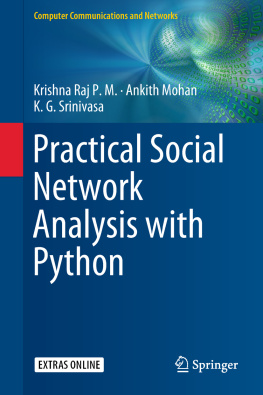Dmitry Zinoviev - Complex Network Analysis in Python: Recognize - Construct - Visualize - Analyze - Interpret
Here you can read online Dmitry Zinoviev - Complex Network Analysis in Python: Recognize - Construct - Visualize - Analyze - Interpret full text of the book (entire story) in english for free. Download pdf and epub, get meaning, cover and reviews about this ebook. year: 2018, publisher: Pragmatic Bookshelf, genre: Computer. Description of the work, (preface) as well as reviews are available. Best literature library LitArk.com created for fans of good reading and offers a wide selection of genres:
Romance novel
Science fiction
Adventure
Detective
Science
History
Home and family
Prose
Art
Politics
Computer
Non-fiction
Religion
Business
Children
Humor
Choose a favorite category and find really read worthwhile books. Enjoy immersion in the world of imagination, feel the emotions of the characters or learn something new for yourself, make an fascinating discovery.
- Book:Complex Network Analysis in Python: Recognize - Construct - Visualize - Analyze - Interpret
- Author:
- Publisher:Pragmatic Bookshelf
- Genre:
- Year:2018
- Rating:5 / 5
- Favourites:Add to favourites
- Your mark:
Complex Network Analysis in Python: Recognize - Construct - Visualize - Analyze - Interpret: summary, description and annotation
We offer to read an annotation, description, summary or preface (depends on what the author of the book "Complex Network Analysis in Python: Recognize - Construct - Visualize - Analyze - Interpret" wrote himself). If you haven't found the necessary information about the book — write in the comments, we will try to find it.
Construct, analyze, and visualize networks with networkx, a Python language module. Network analysis is a powerful tool you can apply to a multitude of datasets and situations. Discover how to work with all kinds of networks, including social, product, temporal, spatial, and semantic networks. Convert almost any real-world data into a complex network--such as recommendations on co-using cosmetic products, muddy hedge fund connections, and online friendships. Analyze and visualize the network, and make business decisions based on your analysis. If youre a curious Python programmer, a data scientist, or a CNA specialist interested in mechanizing mundane tasks, youll increase your productivity exponentially.
Complex network analysis used to be done by hand or with non-programmable network analysis tools, but not anymore! You can now automate and program these tasks in Python. Complex networks are collections of connected items, words, concepts, or people. By exploring their structure and individual elements, we can learn about their meaning, evolution, and resilience.
Starting with simple networks, convert real-life and synthetic network graphs into networkx data structures. Look at more sophisticated networks and learn more powerful machinery to handle centrality calculation, blockmodeling, and clique and community detection. Get familiar with presentation-quality network visualization tools, both programmable and interactive--such as Gephi, a CNA explorer. Adapt the patterns from the case studies to your problems. Explore big networks with NetworKit, a high-performance networkx substitute. Each part in the book gives you an overview of a class of networks, includes a practical study of networkx functions and techniques, and concludes with case studies from various fields, including social networking, anthropology, marketing, and sports analytics.
Combine your CNA and Python programming skills to become a better network analyst, a more accomplished data scientist, and a more versatile programmer.
What You Need:
You will need a Python 3.x installation with the following additional modules: Pandas (>=0.18), NumPy (>=1.10), matplotlib (>=1.5), networkx (>=1.11), python-louvain (>=0.5), NetworKit (>=3.6), and generalizesimilarity. We recommend using the Anaconda distribution that comes with all these modules, except for python-louvain, NetworKit, and generalizedsimilarity, and works on all major modern operating systems.
Dmitry Zinoviev: author's other books
Who wrote Complex Network Analysis in Python: Recognize - Construct - Visualize - Analyze - Interpret? Find out the surname, the name of the author of the book and a list of all author's works by series.


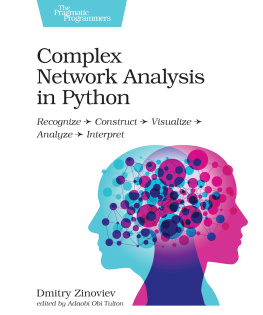

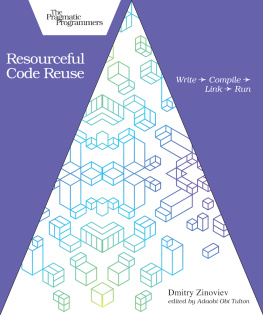
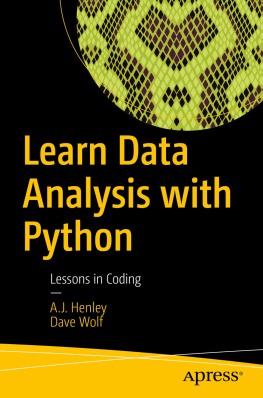

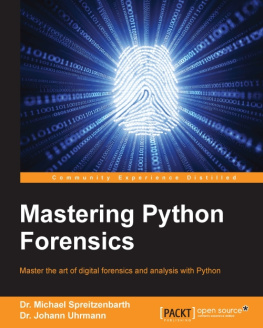
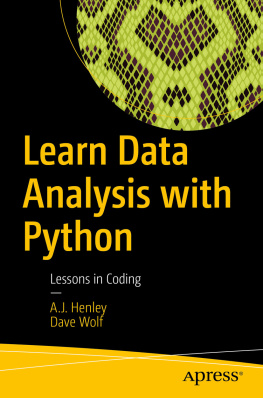

![Dmitry Zinoviev [Dmitry Zinoviev] - Data Science Essentials in Python](/uploads/posts/book/119602/thumbs/dmitry-zinoviev-dmitry-zinoviev-data-science.jpg)
